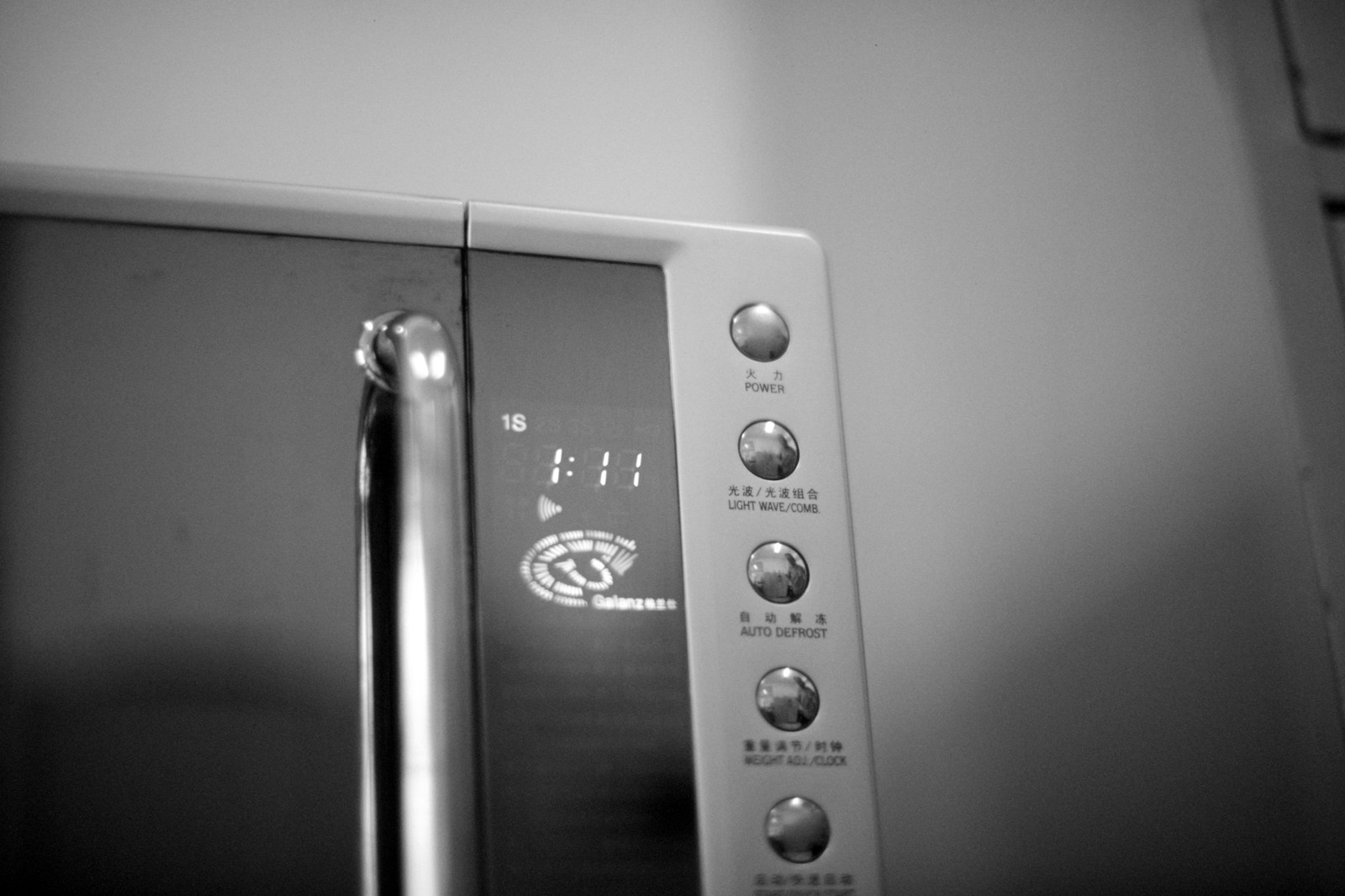Microwaving plastic containers is a routine part of many kitchen activities, yet it brings up significant safety concerns. While some plastics are crafted with microwaving in mind, others may pose risks, such as releasing harmful chemicals or melting under heat. Navigating through these concerns involves understanding plastic types, potential health risks, and the proper selection and usage of plastic for microwaving. Let’s delve deeper into this topic to ensure you can safely heat your food.
Understanding Different Types of Plastics
Types of Plastic and Their Properties
Plastics are identified by resin identification codes (RIC), typically found as a number inside a recycling symbol on the container. Each type has different properties that determine its safety for microwave use:
- Polyethylene Terephthalate (PET or PETE – #1): Commonly used in water and soda bottles, PET is generally not designed for heat exposure. Avoid microwaving these containers.
- High-Density Polyethylene (HDPE – #2): Found in milk jugs and detergent bottles, HDPE is more heat-resistant but still not typically microwave-safe unless labeled.
- Polyvinyl Chloride (PVC – #3): Used in food wraps and plumbing pipes, PVC can release harmful chemicals, especially when heated. It should not be microwaved.
- Low-Density Polyethylene (LDPE – #4): Used in some food wraps and squeezable bottles, LDPE can be microwave-safe if specified.
- Polypropylene (PP – #5): Often found in yogurt containers and margarine tubs, PP is generally considered microwave-safe and is often used for microwave-safe plastic containers.
- Polystyrene (PS – #6): Used in disposable cutlery and foam cups, PS can leach styrene, a possible carcinogen, especially when heated. Avoid microwaving PS containers.
- Other (O – #7): Includes a variety of plastics, such as polycarbonate, which may contain BPA. Always check for microwave-safe labeling.
Real-Life Example: Choosing the Right Container
Imagine you have leftovers in a variety of plastic containers from a recent party. You notice some are labeled with #5 PP and marked microwave-safe, while others are #6 PS without any specific labeling. In this case, transferring your food from the PS container to one marked with PP and microwave-safe labeling is the safest choice.
Personal Insight: My Plastic Dilemma
When I first heard about the dangers of microwaving plastics, I was skeptical. I loved the convenience of grabbing any container and popping it into the microwave. However, after a close call with a melting lid, I began paying attention to the resin codes and labels. This small change made a huge difference in my kitchen safety.
Chemical Leaching and Health Risks
Insights into Chemical Leaching
Chemical leaching occurs when heat causes certain chemicals in plastics to migrate into food. The health risks associated with these chemicals, such as BPA and phthalates, have been widely studied. BPA, for instance, is notorious for its hormone-mimicking effects, which could lead to various health issues.
Case Study: BPA-Free Plastics
A 2012 study in the journal Environmental Health Perspectives highlighted that even BPA-free plastics could leach other estrogenic chemicals. This underscores the importance of not just relying on “BPA-free” labels but also considering alternative storage options like glass or ceramics, especially for hot foods.
How to Minimize Risks
- Use Newer Containers: Older plastic containers may degrade over time, increasing the risk of leaching. Regularly update your plasticware, especially if it shows wear and tear.
- Limit Contact Time: Reduce the time food spends in plastic containers by transferring it to a plate after heating.
- Avoid High-Fat Foods: Fats can absorb more chemicals, so consider using non-plastic options when reheating fatty foods.
Anecdote: My Shift to Safer Alternatives
I remember thinking that if a container looked clean, it was fine to use. However, after experiencing a strange taste in my reheated pasta, I started questioning my practices. Switching to glass containers not only improved the taste but gave me peace of mind about my family’s health.
Single-Use Plastics: A Closer Look
Specific Dangers and Exceptions
Single-use plastics are designed for convenience, not durability. However, specific branded products, like some frozen meal trays, are explicitly labeled microwave-safe. These are exceptions rather than the rule.
Tips for Safe Use
- Always Check Labels: Even if the plastic looks sturdy, verify its microwave safety.
- Transfer to Safe Containers: Use microwave-safe glass or ceramic when in doubt.
- Educate Family Members: Make sure everyone in your household knows the importance of checking labels and transferring food to safe containers.
Practical Example: Family Dinner Leftovers
After a large family dinner, we often end up with an assortment of leftovers stored in various containers. I make it a point to transfer anything that needs reheating into our designated microwave-safe dishes. This small ritual helps avoid accidental exposure to harmful chemicals.
Temperature and Condition Considerations
How Heat Affects Plastics
High temperatures can cause plastics to break down, leading to warping, melting, or leaching. Foods like lasagna, which retain heat, can exacerbate this effect.
Personal Experience: Heating Soups and Stews
When I first started using the microwave for heating soups, I noticed that using a plastic container sometimes resulted in a slight plastic smell. Switching to a glass bowl eliminated this issue, underscoring the importance of material choice.
Best Practices for Different Conditions
- Vent Lids: Use vented lids to allow steam to escape, reducing pressure buildup.
- Monitor Heating: Use shorter intervals to keep temperatures moderate.
- Stir Food Often: This helps distribute heat evenly, reducing the risk of overheating parts of the container.
Scenario: Busy Weeknight Meals
Imagine it’s a busy weekday night. You’ve got a few minutes to get dinner ready. Using vented containers and monitoring heating can prevent mishaps, ensuring dinner is both quick and safe.
Exploring Alternatives to Plastic
Benefits of Glass and Ceramic
Glass and ceramic containers offer peace of mind, being free from chemical leaching concerns. Their high heat tolerance makes them perfect for both microwaving and conventional oven use.
Practical Tips for Transitioning
- Invest in a Set: Purchase a set of glass containers with airtight lids for versatility.
- Check Lids for Safety: Ensure lids are microwave-safe, even if the container is glass.
- Start Small: Transition by initially using glass for frequently microwaved items like soups or stews.
Personal Journey: Making the Switch
I was hesitant to switch from plastic to glass because of the initial cost. However, the durability and safety benefits quickly made up for it. My glass containers have lasted years, far outliving any plastic ones I used before.
Common Mistakes and How to Avoid Them
Mistake: Using Damaged Containers
Damaged containers often lead to uneven heating and increased leaching risk. Always inspect containers for cracks or warping.
Mistake: Ignoring Labels
Assuming all plastics are microwave-safe can lead to dangerous situations. Always read and heed the labels for safety guidance.
Mistake: Overheating Foods
Extended microwave times can cause plastics to degrade. Use the microwave sparingly, heating in increments and stirring food to distribute heat evenly.
Advice from Experience: Learn from My Errors
I used to think that a quick zap in the microwave wouldn’t hurt. After experiencing a melted container and a ruined dinner, I learned to take the extra minute to check labels and condition. It’s a habit worth developing.
Step-by-Step Guidance for Safe Microwaving
- Identify the Material: Check the resin identification code and look for the microwave-safe label.
- Inspect the Container: Ensure it is in good condition with no visible damage or wear.
- Use Proper Covering: Use vented lids or leave a small opening to allow steam to escape.
- Limit Time and Temperature: Heat in short bursts and avoid reaching boiling temperatures.
- Transfer When Necessary: For higher fat contents or longer heating, consider transferring to a glass or ceramic dish.
Practical Application: Implementing the Steps
In my household, we follow these steps religiously. Not only has it prevented accidents, but it has also become a learning opportunity for everyone, including the kids, about kitchen safety.
The Role of Innovation in Safer Plastics
Advances in Material Science
Recent developments have led to plastics that are more heat-resistant and less prone to leaching. Companies are investing in safer, more durable materials, often blending traditional plastics with additives that enhance stability.
Encouraging Safe Practices
Manufacturers are increasingly labeling products with detailed usage instructions, reflecting a commitment to consumer safety. Look for brands that provide clear guidance on microwave safety.
Future Trends: What to Expect
With ongoing research and innovation, the future of microwave-safe plastics looks promising. We can expect more eco-friendly and health-conscious options to become available, providing safer choices for consumers.
Microwaving plastic containers can be a safe practice with the right precautions. By understanding the types of plastics, recognizing the risks, and exploring alternatives, you can enjoy the convenience of a microwave without compromising health. Whether sticking to microwave-safe plastics or transitioning to glass and ceramic, the key is informed choices and mindful practices in your kitchen.




